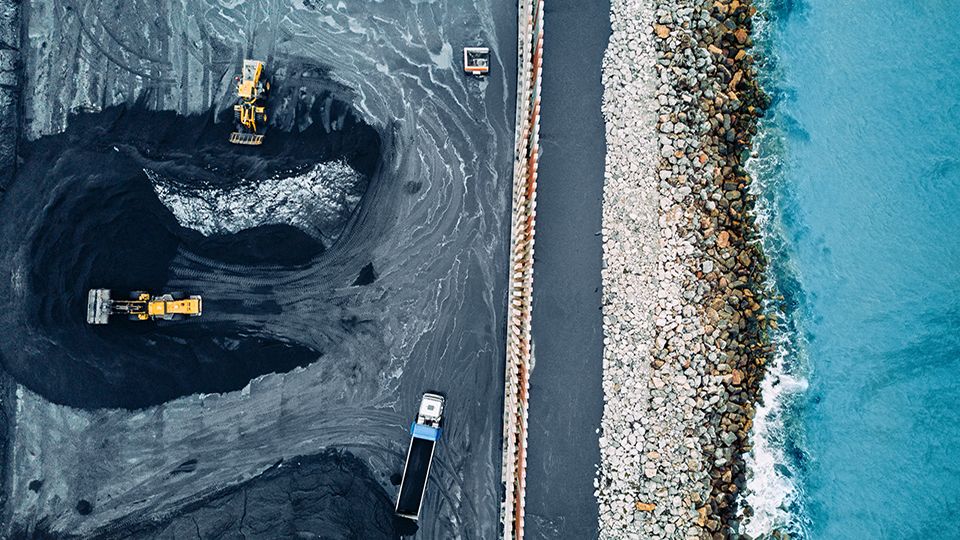Since the Paris Agreement was reached at COP21 in 2015, progress towards limiting global warming to below 2 degrees above pre-industrial levels has been slow. Subsequent COPs have been akin to a series drama working towards it’s finale, as climate change caused by greenhouse gas emissions and other human activities escalates.
COP26 in Glasgow was no exception, ending on a hopeful cliff hanger against a backdrop of dire IPCC warnings regarding the implications of the prevailing 2.7 degree warming trajectory, labelled ‘code red for humanity’. Nation states left COP26 with commitments to create credible delivery plans for the pledges made, to be reviewed during the next episode.
The drama continues to build as climate risks rise and we now appear set for an even more challenging COP27.
To re-cap, Glasgow secured binding agreements capable of limiting warming to 1.8 degrees – shy of the preferred target of 1.5 degrees, but including pledges to reduce coal, phase-out of fossil fuel subsidies, transition to e-vehicles, reduce methane emissions, control deforestation and reforestation, and increase climate finance.
Russia’s invasion of Ukraine has, however, threatened unanimity, focus and delivery.
Soaring energy prices due to supply disruptions have challenged emissions reduction pledges as countries have clamoured for energy security, delaying coal phase-down and revisiting earlier positions around new oil and gas.
Surging energy and food prices have produced a global cost of living crisis, impacting climate priorities and challenging required climate leadership.
For some countries, most notably across Europe, energy supply issues have been a wake-up call to double down on efforts to build more renewable energy capacity, but the eurozone’s dependence on Russian gas has been a real set-back as interim solutions are secured.
For other countries, the impact has been even more retrograde. China’s plans to transition to a service economy have been halted. It has re-prioritised manufacturing and re-embraced coal, to build domestic resilience in a more divided world.
India has limited exports of grain to improve food security as international supplies have been hit. And in the US fragile climate consensus has weakened with a push back against proposed climate regulation.
Closer to home, the High Court has ruled the UK’s Net Zero Strategy unlawful, identifying it as too vague and without assurance that targets can be met. Current political turmoil risks the suspension of green levies on fuel bills, delaying net-zero efforts further.
Meanwhile physical risks escalate. In April, the IPCC issued another progress report, concluding that warming will exceed the threshold required to avoid a climate tipping point by 2040.
The planet has delivered increasingly powerful messages, with widespread extreme weather events at higher frequency.
The costs are no longer a future problem for distant communities. Europe, the US, and Asia Pacific currently battle extreme heat, floods and wildfires creating disruption and increasing energy demand for cooling.
However, there are reasons for optimism. COP27 is firmly focussed on turning emission reduction pledges into reality, scaling adaptation efforts, and enhancing flows of finance to secure a just transition.
In all respects there is evidence the corporate world is continuing to mobilise to confront the opportunity, including small- and mid-cap stocks.
Sustainability is no longer the province of niche companies or specialist investors. More systematic change is clearly under way and our investing universe is in motion, adopting an appropriately Darwinian view that “it is not the strongest of the species that survives, nor the most intelligent; it is the one most adaptable to change.”









